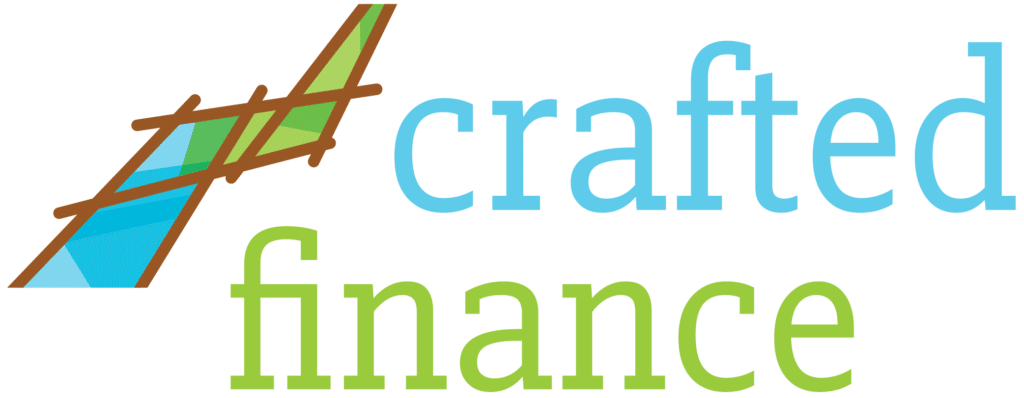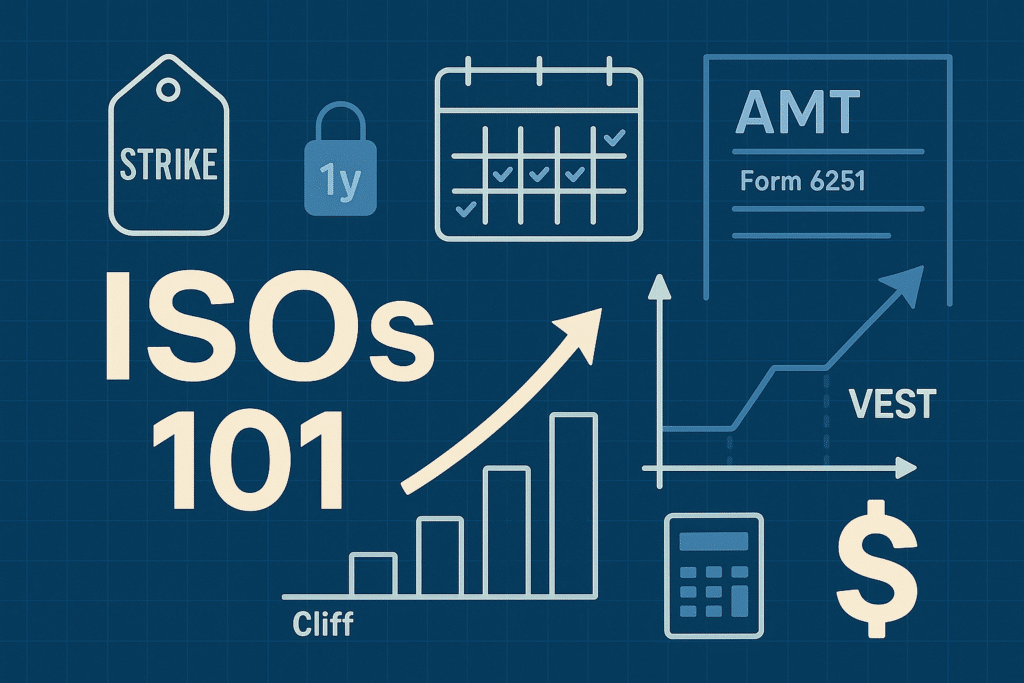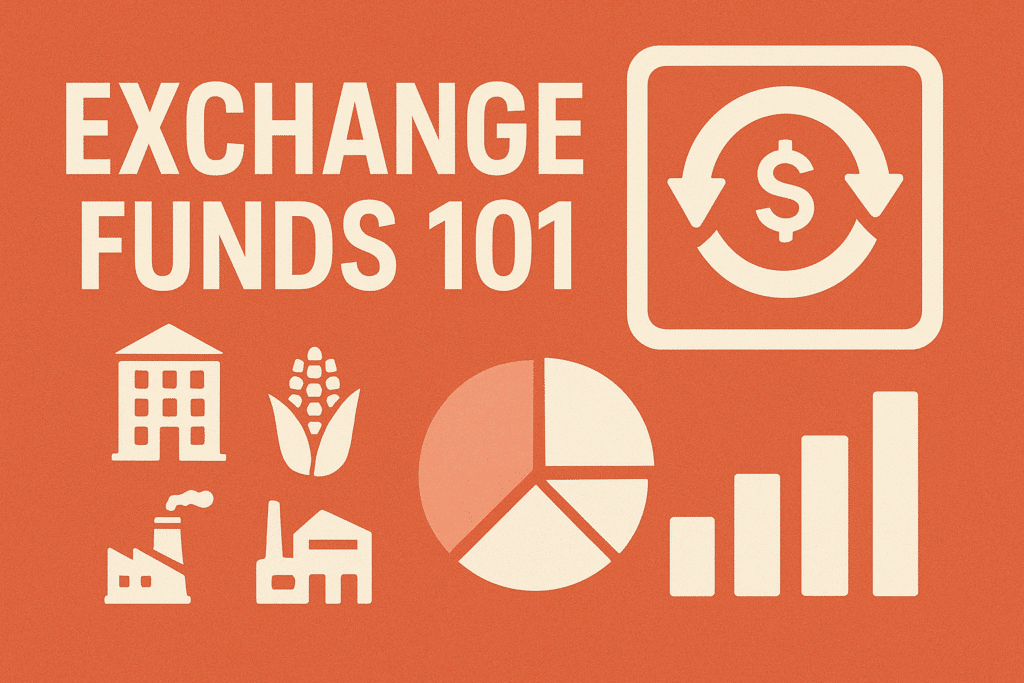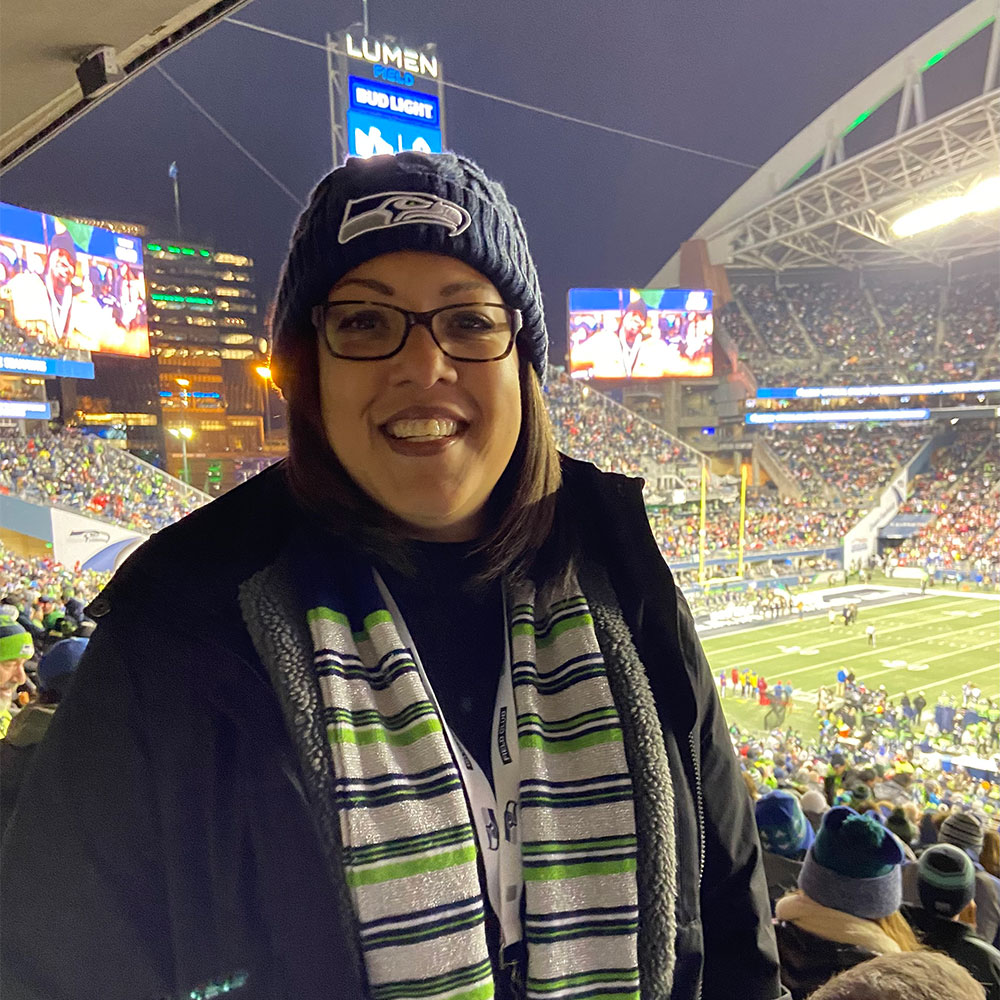This is Part 2 of our coverage on the “One Big, Beautiful Bill” (OBBB). Part 1 highlights the broader updates — including tax brackets, the larger standard deduction, QBI rules, and the expanded estate and gift exemptions — along with temporary provisions such as the senior deduction, tip/overtime relief, and adjustments to Medicaid, 529s, and HSAs. If you’d like to review those updates, please check out Part 1.
Overview of Student Loan Changes
Repayment Assistance Plan (RAP) and PSLF: What Changes Are Coming?
Starting July 1, 2026, the Repayment Assistance Plan (RAP) becomes the only income-driven repayment option for new federal student loans. This plan is now the required repayment path for borrowers seeking Public Service Loan Forgiveness (PSLF) — which cancels remaining debt after ten years of eligible public service. RAP also reshapes how payments are structured and who qualifies for forgiveness. Here’s what’s changing:1
Eligibility Terms: RAP applies to federal Direct and Graduate PLUS loans but not Parent PLUS loans.
Interest Relief: Unpaid interest will no longer compound, helping borrowers avoid runaway balances when their monthly payments are low.
Adjustments for Family: Each dependent child will reduce your required monthly payment by $50, though this does not extend to other household members.
Repayment Conditions: Borrowers can make payments for up to 30 years before automatic cancellation occurs—unless forgiven earlier through PSLF.
Payment Formula by Income:
$0–$10,000 → $10 flat monthly payment
$10,001–$20,000 → 1% of AGI
$20,001–$30,000 → 2% of AGI
$30,001–$40,000 → 3% of AGI
$40,001–$50,000 → 4% of AGI
$50,001–$60,000 → 5% of AGI
$60,001–$70,000 → 6% of AGI
$70,001–$80,000 → 7% of AGI
$80,001–$90,000 → 8% of AGI
$90,001–$100,000 → 9% of AGI
$100,001+ → 10% of AGI
New Borrowing Limits Under OBBB
The legislation introduces new caps for both annual and lifetime borrowing, ending the open-ended borrowing structure that graduate students and parents once had access to. Things to pay attention to include:2
Undergraduate Students: No change. Limits remain between $5,500 and $12,500 per year, with total caps ranging from $31,000 to $57,500 depending on dependency status.
Nonprofessional Graduate Students: Now capped at $20,500 per year and $100,000 total.
Professional Graduate Students (law, medicine, dentistry, etc.): Can borrow up to $50,000 annually and $200,000 total.
Parents of Undergraduates (Parent PLUS Loans): Limited to $20,000 per child per year, with a $65,000 lifetime cap.
The End of Grad PLUS Loans
Graduate PLUS loans—long a financial lifeline for professional students—will no longer be available after mid-2026. These loans currently allow graduate students to borrow up to the full cost of attendance.
Once phased out, borrowers will need to rely on alternatives like tuition support from employers, savings, or private loans. Although the OBBB raises borrowing caps for Direct Unsubsidized Loans, these limits are far lower than what Grad PLUS once offered.3
Understanding the State and Local Tax (SALT) Window
The much-discussed SALT cap receives a temporary reprieve under the new law, offering taxpayers more room to deduct state and local taxes — but only for a few years. It’s important to be aware of the following:4
What the Window Includes: The deduction cap increases to $40,000, indexed modestly (1%) each year through 2029. After that, it returns to $10,000 in 2030. High earners will see the deduction gradually reduced once their income exceeds specific thresholds.
Phaseout Details:
Begins in 2025 for taxpayers with modified adjusted gross income (MAGI) above $500,000.
The income limit rises slightly each year (to $505,000 in 2026 and beyond).
Each dollar earned beyond the threshold reduces the deduction by 30 cents.
Every taxpayer, regardless of income, retains at least a $10,000 deduction floor.
How to Make the Most of It
Property Tax Planning: Real estate taxes are deductible in the year they’re paid. If your municipality allows prepayment or flexible billing, you can plan ahead to take advantage of SALT-friendly years.
Charitable Bunching: Combine multiple years of charitable giving — often through a donor-advised fund — so that your itemized deductions surpass the standard deduction during the window.
PTET Election (for business owners): Pass-through entities in eligible states can elect to pay state income taxes at the business level, where they remain deductible federally, even when individual SALT limits are maxed.
AMT Considerations: Since SALT deductions aren’t allowed under the Alternative Minimum Tax, it’s wise to confirm whether AMT applies before bunching or prepaying state and local taxes.
Updates to Opportunity Zones
What They Are: Opportunity Zones (OZs) are designated areas intended to attract long-term private investment into underserved or economically challenged communities. By reinvesting capital gains into qualified OZ funds, investors can delay paying tax on their original gains and may reduce or eliminate tax on new appreciation within the fund.
OBBB’s Updates to OZ Rules: The “One Big, Beautiful Bill” makes the OZ program permanent, replacing the 2026 sunset date with rolling 10-year zone designations. It also tightens eligibility standards to ensure investments go where they’re needed most.5
Key changes include:
Higher standards for what qualifies as a “low-income” zone.
Removal of the looser contiguous-tract rule.
A new five-year deferral system for capital gains.
Added incentives for investments in rural areas.
Investor Impact: For investors, permanence means predictability. There’s no longer a rush to meet a single sunset date, allowing more thoughtful entry and exit strategies. The tax incentives remain strong, though they now come with stricter compliance measures.
Accelerated Depreciation
Permanent 100% Bonus Depreciation: Under the OBBB, businesses can permanently deduct the full cost of qualified property placed in service after January 19, 2025. The original phase-down under the Tax Cuts and Jobs Act has been canceled. This means companies can continue to claim full first-year deductions for equipment, vehicles, and certain building improvements, both new and used.6
New Deduction for Production Facilities: A new optional §168(n) deduction applies to nonresidential property connected to manufacturing, refining, agriculture, or chemical production. To qualify, projects must start between January 19, 2025, and January 1, 2029, and be placed in service by 2030.7
Section 179 Expansion: Section 179 expensing limits are also expanded — the annual maximum doubles to $2.5 million, phasing out gradually once total asset purchases exceed $4 million. Once purchases reach $6.5 million, the deduction fully phases out.8
Phaseout Overview:
$4,000,000 in purchases → $2,500,000 deduction
$4,500,000 in purchases → $2,000,000 deduction
$5,000,000 in purchases → $1,500,000 deduction
$5,500,000 in purchases → $1,000,000 deduction
$6,000,000 in purchases → $500,000 deduction
$6,500,000 in purchases → $0 deduction
1099 Changes
1099-NEC / 1099-MISC: The minimum reporting amount increases from $600 to $2,000 starting in 2026. The threshold will automatically adjust for inflation beginning in 2027. These updates should reduce paperwork for payors making smaller, one-time payments. Still, contractors and freelancers must continue to track all income, as amounts above $400 remain taxable even if no form is issued.9
1099-K (Payment Platforms): The reporting threshold returns to $20,000 and 200 transactions, ending the confusion and extra paperwork caused by the temporary $600 rule. Personal transfers through apps like Venmo, Cash App, and PayPal remain excluded unless tied to goods or services.10
Want Further Guidance?
While many of these updates won’t take effect until January 1, 2026, the smartest move is to begin preparing today. Temporary provisions like the SALT window may offer valuable, time-sensitive opportunities, while permanent changes to depreciation and Opportunity Zones call for a long-term strategy.
If you’d like clarity on how these provisions could affect your tax or investment strategy, we’re here to help. Schedule a complimentary consultation, and we’ll walk you through the changes most relevant to you, answer your questions, and outline the steps to take before the new rules go live.












